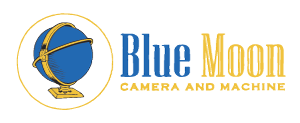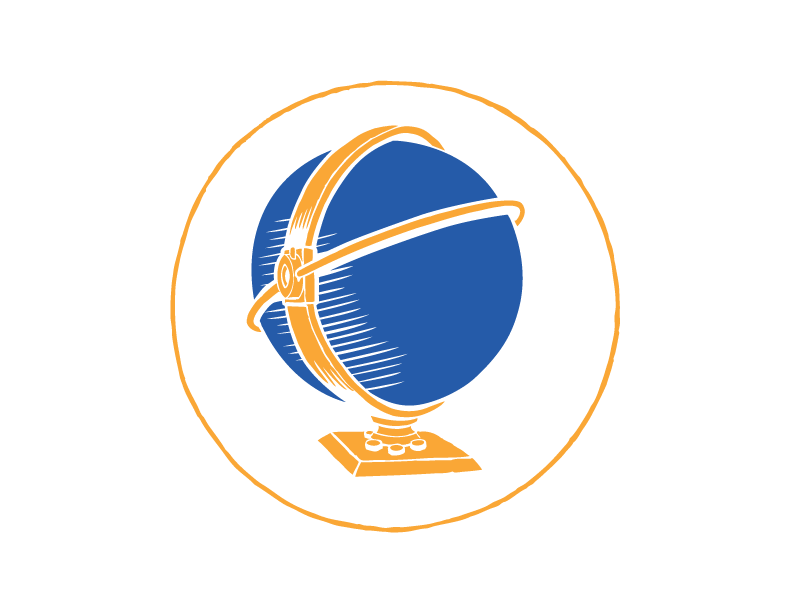Close
Shop
Photo Lab
Sell Your Gear
Support
Contact Us
Account
Back
Log In/Register
Get Social
Blue Moon Camera and Machine llc
- sales@bluemooncamera.com
- (503) 978-0333
- (503) 978-0370
-
8417 North Lombard Street
Portland, OR 97203
All rights reserved ©2024, Blue Moon Camera and Machine llc

